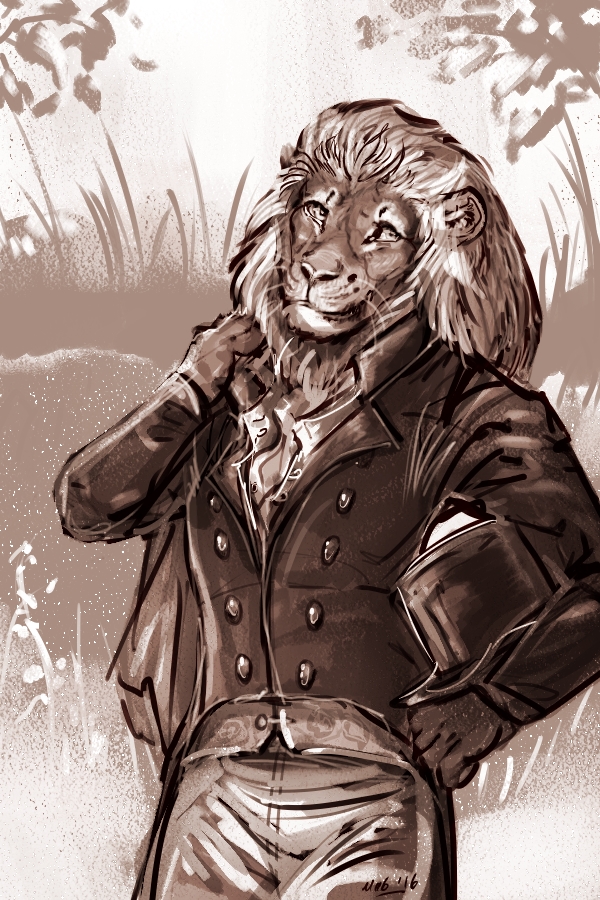Americans be talking about “non-native” plants on the world wide web
Anyone whose ever made dandelion wine knows that they WILL fuck you.
A friend’s dad made this and we stole some as teens.
He wasn’t mad, he knew we learned a lesson.
I’m pretty sure that’s the only reason my great uncle used to make fortified tomato wine. I wasn’t around for it, but it seems to have exclusively been drunk by his kids, to their great regret. He could always tell by the uncontrollable retching
What’s the deal with dandelion wine? Is it really strong, or just an intense flavor?
We to drank way too much, got way too drunk, and it had an awful hangover
Fermenting anything generally results in at most some 15-18%, depending on the yeast you use. I’d say 10-12% is more realistic for homemade wines, but 14-16 isn’t out of the question.
So I don’t know what the deal is specifically with dandelion wine, but usually 10% alc will fuck up a person (and a teen especially) pretty well if chugged and the brewing process usually leads to there being all sorts of things in it (alcohols sugars, not-too-toxic byproducts) so the hangovers you get from home wines are usually… interesting, to say the least.
But not in a good way.
What was it like?
Off-topic but I heard second-hand that smoking camomile hits very hard.
I thought dandelions were now recognized as not a great food source for bees
We converted most of our yard into a native wildflower garden and I see a lot of bees these days. We also get fireflies in the summer now.
This! Dandelion pollen does not contain all the amino acids necessary to support native bees. However, because they come up first and bees often become attracted to the first things they feed on, they can actually make bees addicted to them. Because they can’t meet their nutritional requirements with them, they die.
Plant native plants people!
Thank you, I’ll look into that and consider the impact of it on my beliefs :)
The source that used brings is based on oral knowledge and communication. Others in that thread point out how that type of knowledge is not sufficient to make a scientific claim, and I would agree with that.
I’d say the jury is still out on whether dandelions are native to NA or not.
Native where?
Fair point. I’m speaking from a North American perspective, but others have pointed out they may be a native or long naturalized plant.
Ultimately, planting species that are from your local area is better for the native bees of of your area as they are adapted to them.
Dandelions are now basically considered native around most of the globe. There is compelling evidence both ethnobotany and genetic that dandelion are native to both Eurasia and North America.
Wait, what? Expand on this.
The gist from what I have read (mostly from Native American herbalists) is that there is a oral cultural tradition for using dandelion for both food and medicine in North America. These oral traditions have various uses for the plant that likely predate European settlement. The basic concept is that Europeans never considered that a plant that they had in Europe could appear in North America unless they brought it. It was never considered to be native in both places even though the people who used in North America have a long tradition of use back by an oral tradition. However, since this was an oral tradition no one thought to consider it valid since it wasn’t written down. Since this has been suggested there is some genetic studies that back up that concept.
I found most of this information on the Dandelion section in Plants Have So Much to Give Us, All We Have to Do Is Ask: Anishinaabe Botanical Teachings. They have a good description and I have seen it mentioned now in a few other books.
Interesting but it’s important to remember that Europeans and their plants have been in the Americas for over 500 years now, which is plenty of time for oral traditions to develop. I’m not saying it’s untrue but I’d be curious to see what the genetic evidence says, since that would be a verifiable way to confirm. But in my experience dandelions grow almost exclusively in human developments, so it would be pretty surprising if they were native here.
You think that human developments didn’t occur in the Americas before European came in?
Dandelions are a very human centric plant which makes sense that they traveled with humans as they traveled around the globe. This travel could be accidental or brought on purpose like many other different plants.
No, they are saying that it would be strange for them to be native here, like how apples are not native here.
They are saying that they would be interested to see the archeological evidence that backs up the oral tradition, because oral tradition is a great way to start your research, but is insufficient as evidence for a scientific claim. Just like how (since we’re talking about European arrivals in the americas) I can say that there’s oral tradition that St. Brendan landed in america in the 6th century. However, since there’s fuck all to support it, that’s not a very convincing claim, but it sure would be interesting if someone discovered archeological evidence for it. The Icelanders claimed to have landed in america for hundreds of years with oral tradition, and few believed them because there was fuck all to support the claim. Then, all of a sudden, they find remnants of viking settlements in Canada, and now its very interesting.
You specifically cited DNA evidence. Then, when someone asked about it, you immediately accused them of European exceptionalism in a ridiculous strawman. So, either your claim can be very interesting, since it’s backed by archeological evidence, or I can treat it with the same amount of credibility as St. Brendan over there in his leather raft.
And to expand on what the other commenter said, considering the logical side of it, those seeds seem very optimized to ride air currents around the entire hemisphere, especially when there’s a storm that can get them very high up.
Exactly. They can move very far on wind currents as well as the fact they are useful plants for people. It would be very easy to carry some seeds or an entire plant with you when you move somewhere new. As well as the fact they are small enough to get caught on pant legs, shoes, clothes etc. to hitch a ride
I was in my teens before I discovered that “weed” just meant “plant you don’t want.” There is not really a biological definition of weed. Anything is a weed if you don’t want it there.
therefore, it is impossible to grow a weed intentionally.
Best gardening definition I have heard:
if it grows and you didn’t want to, it’s a weed
if it doesn’t grow and you wanted it to, it’s a flower
What are the other two called?
- If it grows and you wanted it to
- If it doesn’t grow and you didn’t want it to
A “success” and “not a problem”
What they said ^
Dandelions are the only plant that spreads using children wishes
🥰
perfect username ♥️
Like bears but more athletic?


We planted redflower currant and the bees and bumblebees love the shit out of that. Also much prettier than dandelions. Redflower currant is the plant you want to fuck, dandelion is the one you have a chance with.
Isn’t red flower currant is a type of shrub with berries?
A shrubbery?
Ni!
That’s a whole ass bush though, totally different thing
whole ass-bush
I just mowed (parts of) my lawn. Left some clumps of different wildflowers standing, dandelions included.
I’m glad my neighbourhood does not have a Lawn Enforcement Agency.
The other day I saw a rabbit eating dandelions from my yard it was very cute
Now if only my city would agree with that instead of sending a citation for having an overgrown yard
there are a ton of less PITA pollinators than dandelions
there is a pollinator 'round here that competes with the dandelion that is very dandelion like but actually houses native butterfly cocoons
so the dandelions get ripped up round here
Kill the lawn cop within yourself
you mean milkweed, it has to be native milkweed, otherwise the ornamental ones, usually the tropical ones can do more harm than good.
I challenge the best gardener or botanist to grow weeds.
you think it’s easy, but in practice, it’s impossible

You rang?
Cool flowers dude
did you try to grow it intentionally?
therefore, it’s not a weed. sorry
they’re very yummy in teas! I’m actually currently sipping a “s’mores” flavored tea that uses roasted dandelion root, I find it quite nice.
Dandelion leaves (blanched) are good in salads and pestos.











